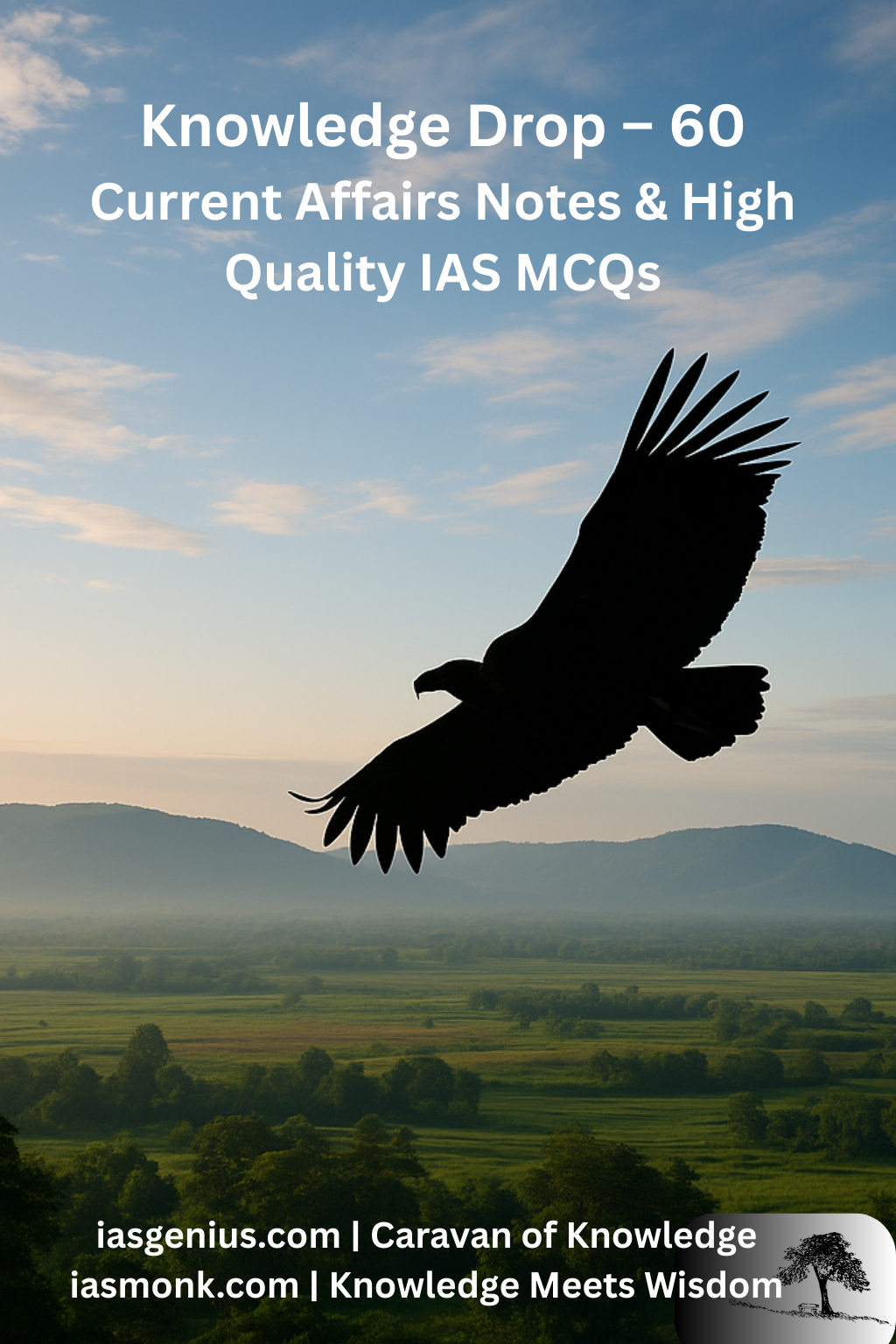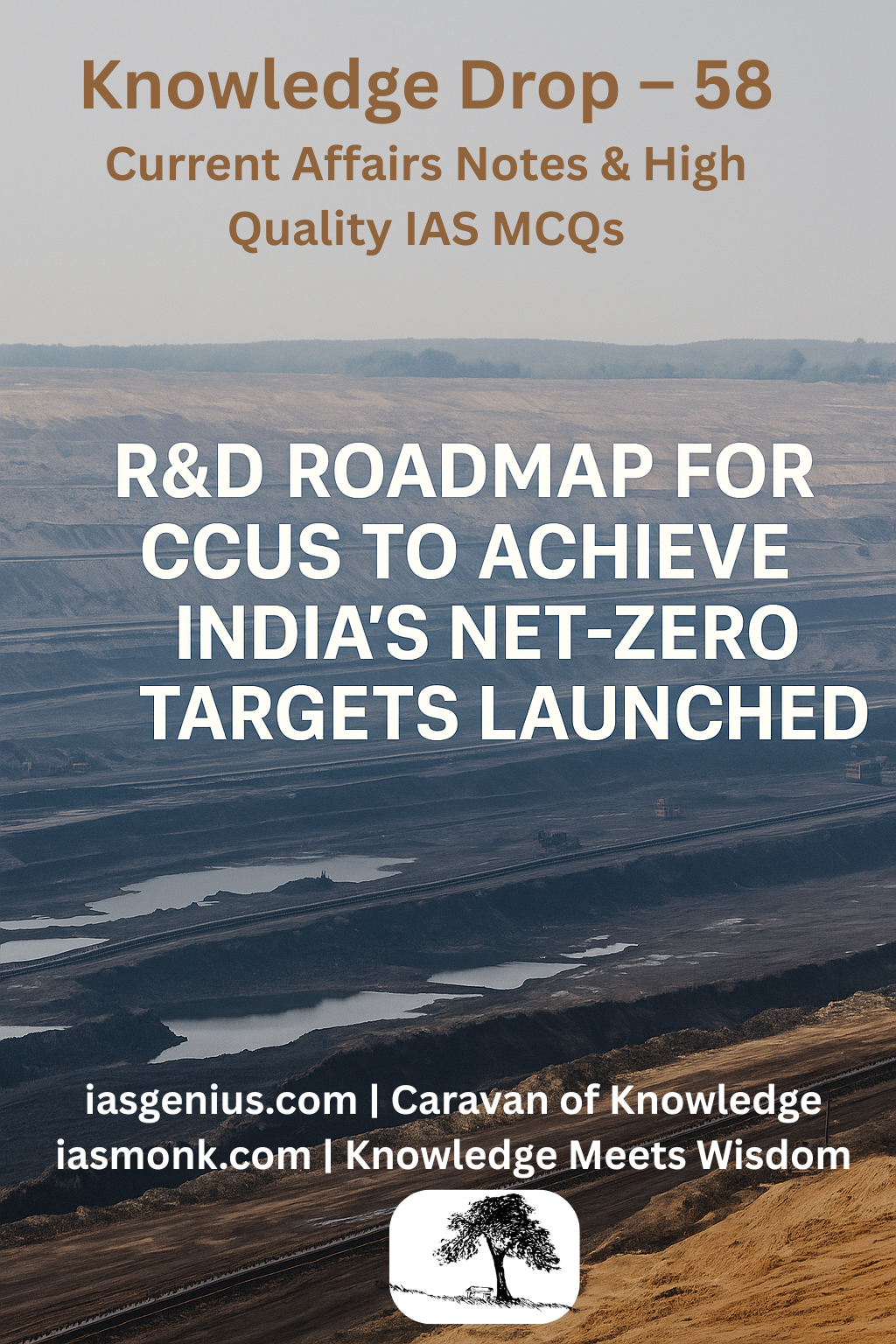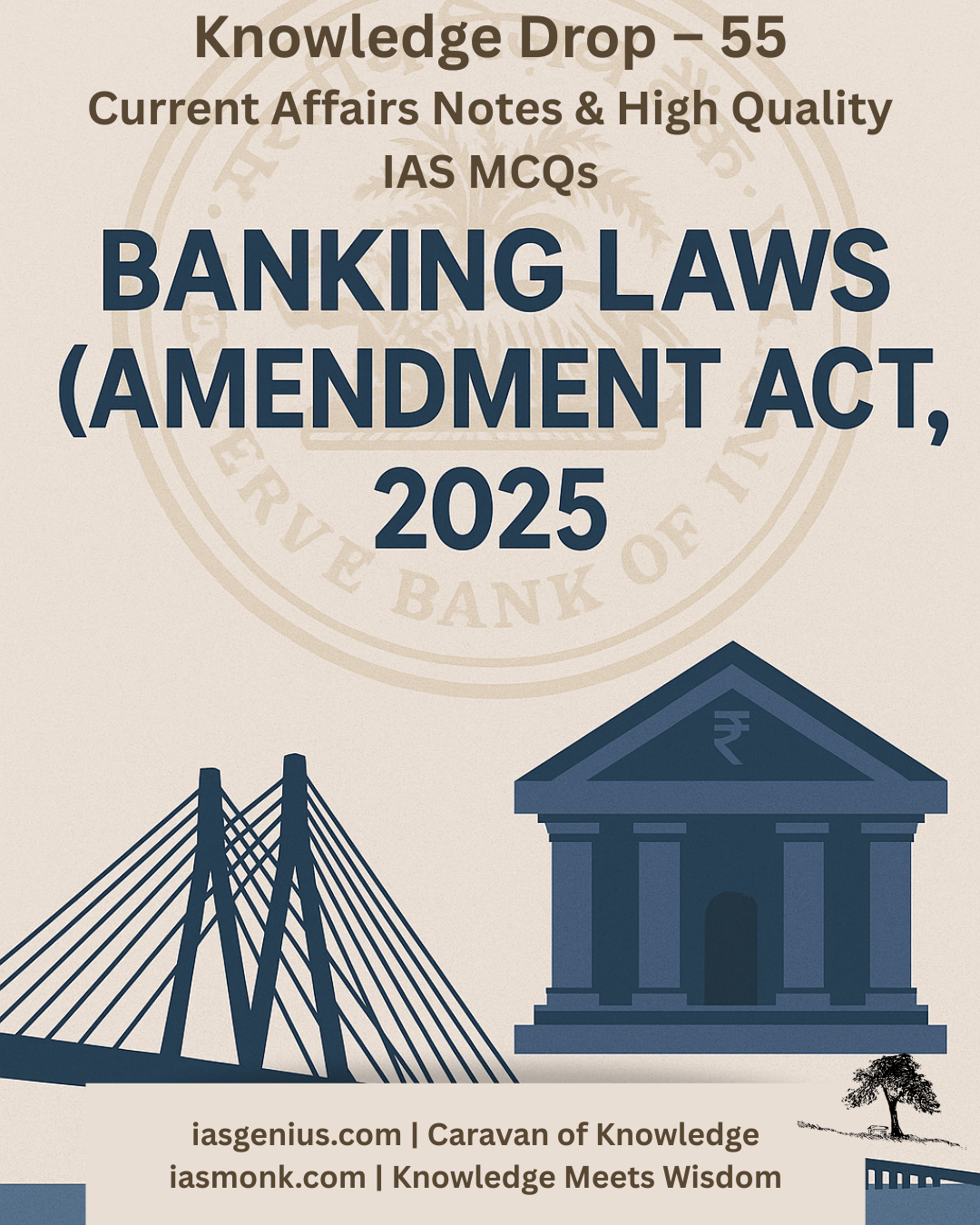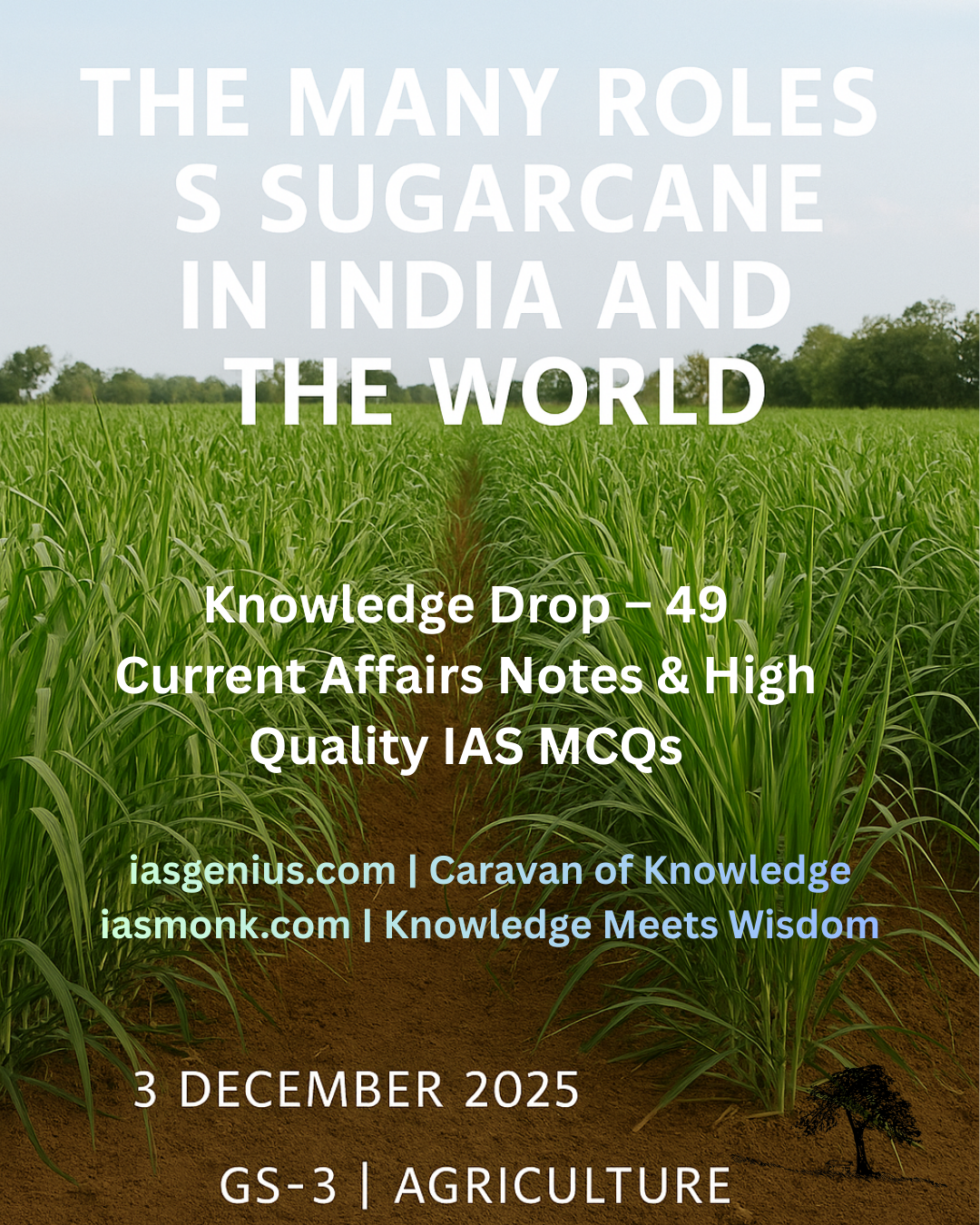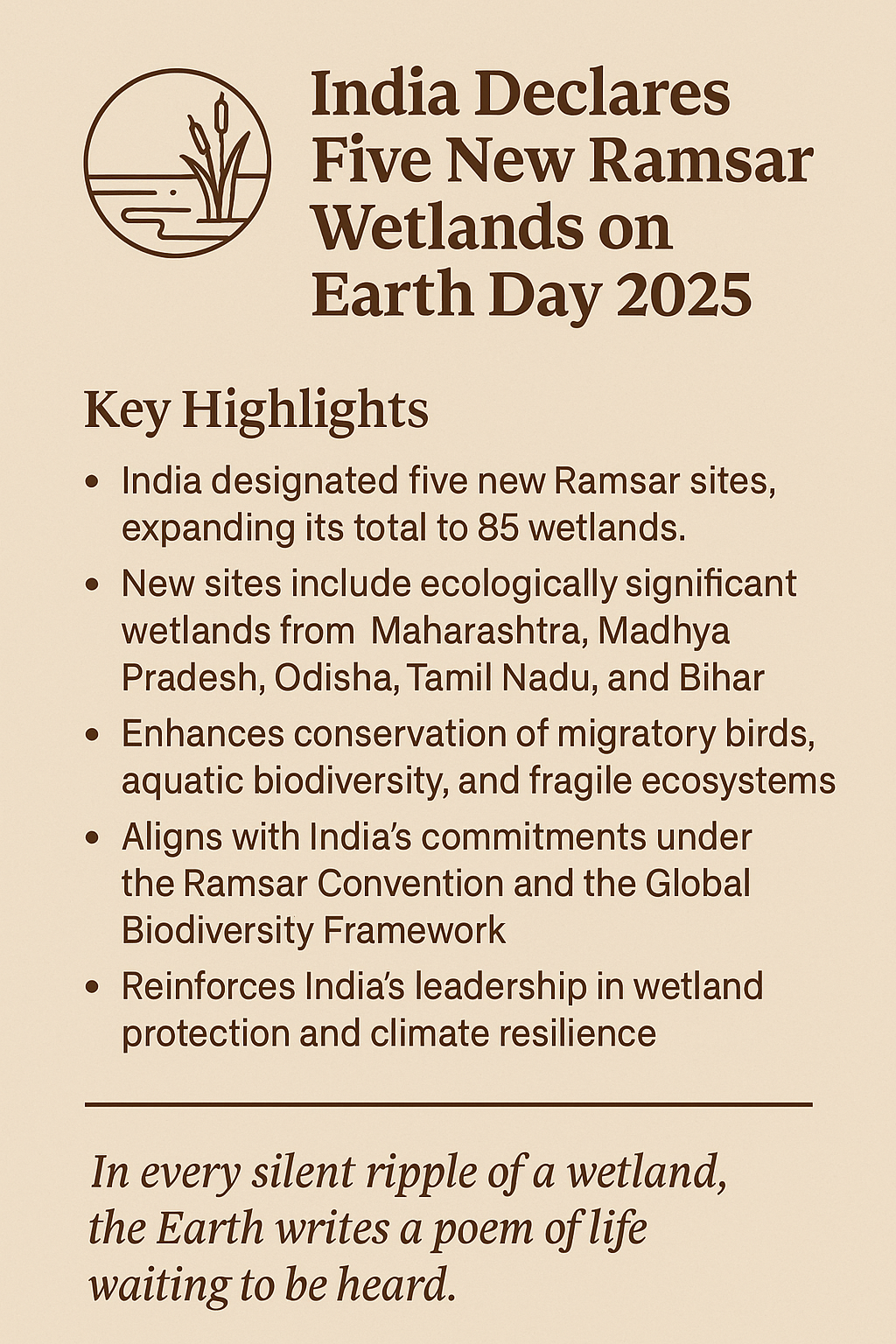
🧭May 31, 2025 Post 3: Ladakh’s Domicile Dilemma: Balancing Identity, Autonomy & Development | High Quality Mains Essay | Prelims MCQs
Ladakh’s Domicile Dilemma: Balancing Identity, Autonomy & Development

POLITY & GOVERNANCE
Post Date: 31 May 2025
Syllabus: GS Paper 2 – Indian Constitution | Governance | Federalism
Category: Union Territories / Domicile Policy / Tribal Rights
🎯 Thematic Focus:
Governance challenges in Ladakh, Domicile criteria, Sixth Schedule demand, Autonomy vs Integration
🌿 Intro Whisper:
In a land of glaciers and gompas, the fight is not for power, but for place — a right to belong, to preserve, and to participate in one’s own future.
🗝️ Key Highlights
- 15-Year Rule Proposal: The Union Government may introduce a 15-year continuous residency rule (from 2019) to determine Ladakh domicile eligibility, making residents eligible in 2034.
- Gazetted Job Quota: Domicile status will govern access to 5% gazetted government jobs, with proposed 80% reservation for Scheduled Tribes, and smaller quotas for SCs, border residents, and EWS.
- High-Powered Committee (HPC): Led by MoS Nityanand Rai, formed in 2023 to address local demands, including demographic, ecological, and political concerns.
📚 Concept Explainer
🗺️ Background: Ladakh after Article 370
- Became a Union Territory in 2019, without a Legislative Assembly.
- The region comprises Leh (Buddhist majority) and Kargil (Muslim majority).
- No recruitment yet for gazetted jobs, causing discontent.
📜 J&K Domicile Policy (2020) – Precedent
- Introduced a 15-year residency clause, and relaxed eligibility for migrants and children of government servants.
- Ladakh is now seeking its own tailored domicile rules, post-separation from J&K.
🔍 Local Concerns and Aspirations
- Political Autonomy: Ladakhis demand a Legislative Assembly or Statehood for democratic self-rule.
- Demographic Anxiety: Fear of outsider influx changing ethnic and cultural fabric of Ladakh.
- Job Security: Local youth worry about outsiders cornering employment opportunities.
- Environmental Stress: Fragile Himalayan ecosystem is under threat from tourism, infrastructure, and urbanisation.
- Cultural Preservation: Calls to protect Tibetan-Buddhist heritage, especially monastic institutions in Leh.
⚖️ Sixth Schedule of the Constitution – A Shield?
- Applicable to tribal areas of Assam, Meghalaya, Mizoram, and Tripura.
- Allows for Autonomous District Councils (ADCs) with legislative and judicial powers over land, customs, water, etc.
- Ladakh’s majority ST population (~80%) demands Sixth Schedule protection to preserve tribal land and cultural autonomy.
🌍 Broader Governance Tensions
- Integration vs Autonomy: Can national goals be met without compromising local identity?
- UT without Legislature: Ladakhis feel excluded from decision-making, with all powers vested in the Lieutenant Governor.
- Comparisons with J&K Policy: Ladakh seeks customized governance, not replication of J&K’s framework.
🧭 GS Mains Mapping
- GS Paper 2:
- Federalism: Centre–UT relations
- Sixth Schedule and Tribal Autonomy
- Governance in Union Territories
- Domicile and Reservation Policies
💭 A Thought Spark — by IAS Monk
“Mountains remember. But people must be heard too. Between sovereignty and silence lies the art of self-rule — delicate, dignified, and rooted in respect.”
High Quality Mains Essay For Practice :
Word Limit 1000-1200
Domicile, Democracy & Development: The Ladakh Question and India’s Governance Puzzle
Introduction
Since becoming a Union Territory (UT) in 2019 following the abrogation of Article 370, Ladakh — a region of stunning mountains, ancient monasteries, and deep-rooted indigenous cultures — has stood at the crossroads of national integration and local identity. The recent proposal to introduce a 15-year domicile requirement (beginning 2019) has once again sparked debate over who belongs to Ladakh, who governs it, and how to balance regional aspirations with constitutional frameworks.
As the Union Government considers recognizing only those with 15 years of continuous residence in Ladakh (starting 2019) as domiciles, the region’s quest for constitutional safeguards, environmental protection, and cultural autonomy intensifies. This essay explores the implications of the proposed policy, the historical context of Ladakh’s governance, the demands for Sixth Schedule inclusion, and the larger questions of federalism, autonomy, and representation.
Context: From Article 370 to UT Status
On August 5, 2019, the Government of India revoked Article 370, bifurcating the state of Jammu & Kashmir into two Union Territories — J&K and Ladakh. While J&K retained a Legislative Assembly, Ladakh did not. This meant that Ladakh would be governed directly by the Centre through the Lieutenant Governor (LG) and Union ministries.
The transformation, although seen by some as a step toward better integration, led to growing anxieties among Ladakh’s people, especially in Leh (Buddhist majority) and Kargil (Muslim majority). Protests broke out demanding statehood, Sixth Schedule inclusion, reserved jobs for locals, and environmental protections.
The Domicile Proposal: What Is Being Considered?
The new proposal under review by the Ministry of Home Affairs (MHA) and a High-Powered Committee (HPC) led by MoS Nityanand Rai includes the following key features:
- A 15-year continuous residence clause (2019–2034) for non-natives to gain domicile status.
- Eligibility to apply for 5% gazetted jobs in Ladakh will be restricted to domiciles.
- Job reservation framework proposed:
- 80% for Scheduled Tribes (STs) (Ladakh has ~80% ST population).
- 10% for Economically Weaker Sections (EWS).
- 4% for people living along the border (LAC/LoC).
- 1% for Scheduled Castes (SCs).
This model resembles, but is distinct from, the Jammu & Kashmir Domicile Policy (2020), which liberalized the eligibility criteria for residents of the former state.
J&K Domicile Policy: A Precedent to Consider
The J&K Domicile Policy (2020) replaced the older concept of “Permanent Residents” with a broader definition:
- 15-year residence in the region.
- 7 years of education + appearance in Class 10/12 exams in J&K.
- Migrant registration.
- Central government employees’ children with 10 years of parental service.
This policy enabled West Pakistan refugees, migrants, and women who married outside J&K to access public opportunities. Ladakh’s leaders, however, seek a more restrictive and protective framework to preserve demographic and cultural integrity.
Local Concerns in Ladakh
1. Lack of Political Autonomy
As a UT without a Legislative Assembly, all key decisions are made by the LG and central ministries, leaving Ladakhis feeling politically disempowered. There is no elected body to voice local issues or shape local policies.
2. Demographic Anxiety
Ladakhis fear that outsiders settling in the region will lead to cultural erosion, land alienation, and employment displacement. The 15-year clause aims to delay outsider integration, giving locals time to secure their identity.
3. Youth Unemployment
Since 2019, no gazetted jobs have been recruited, and a rising educated youth population remains jobless and disillusioned.
4. Environmental Degradation
Unregulated tourism, road-building, and large infrastructure projects have led to water scarcity, waste mismanagement, and loss of biodiversity in a fragile Himalayan ecosystem.
5. Cultural Preservation
The Tibetan-Buddhist heritage of Leh and the unique Muslim traditions of Kargil face dilution due to rapid urbanization and migration. Local leaders demand protections for monasteries, language, and religious institutions.
Demands from Ladakh’s Civil Society
The Leh Apex Body (LAB) and the Kargil Democratic Alliance (KDA) have united across religious and political lines to demand:
- Inclusion in the Sixth Schedule of the Constitution.
- Statehood or a full-fledged Legislative Assembly.
- Local job quotas and control over natural resources.
- Environmental protection laws specific to Ladakh.
- Parliamentary seat for both Leh and Kargil districts.
Understanding the Sixth Schedule
The Sixth Schedule of the Indian Constitution (Article 244) provides autonomous governance to tribal areas in Assam, Meghalaya, Mizoram, and Tripura.
Key Features:
- Formation of Autonomous District Councils (ADCs) with legislative powers.
- Control over land, forest, water, village councils, customs, local laws.
- Power to form tribal courts for civil and minor criminal matters.
- Protection from land alienation and cultural displacement.
Given that over 80% of Ladakh’s population is ST, applying the Sixth Schedule could preserve local customs and land rights while enabling self-governance within the Union framework.
Challenges to Sixth Schedule Inclusion
While the Sixth Schedule offers significant safeguards, there are practical and legal hurdles:
- The Sixth Schedule is currently applicable only to states, not UTs.
- Inclusion would require a constitutional amendment or special provision, as was done in Bodoland (Assam).
- The Centre fears that excessive autonomy might create precedents for other UTs (e.g., Andaman & Nicobar, Lakshadweep).
Way Forward: Balancing Integration and Autonomy
To address Ladakh’s legitimate concerns without compromising national unity, a multi-layered governance framework is needed:
A) Domicile Law with Protective Clauses
- A 15-year rule can help manage demographic change.
- Ensure priority job reservations for Ladakhi youth in public and private sectors.
B) Legislative Representation
- A Legislative Council or Assembly should be created to bring democratic accountability.
- Separate Parliamentary seats for Leh and Kargil can address regional voices.
C) Modified Sixth Schedule or Special Autonomous Law
- Introduce a tailored autonomy model (Ladakh Hill Council + ADC powers) via a new Ladakh Autonomy Act.
- Empower district councils with control over land, resources, and culture.
D) Environmental Protection Framework
- Enact a Ladakh Ecological Security Act to limit unregulated tourism, mining, and infrastructure.
- Promote green energy, water harvesting, and sustainable architecture.
E) Inclusive Economic Development
- Local participation in solar parks, tourism, handicrafts, and agro-based industries.
- Incentives for Ladakhi entrepreneurship and women-led cooperatives.
Conclusion
Ladakh’s current moment is not merely a legal issue about domicile but a civilizational challenge: How do we preserve the character of a unique, high-altitude region while ensuring its full inclusion in the Indian Union?
A progressive, inclusive policy must protect local identity, empower elected institutions, and foster ecological balance. Constitutional safeguards, if applied wisely, can strengthen unity — not fragment it. The aim should be dignified development rooted in democracy, not dictated development rooted in distance.
Closing Quote
“For Ladakh, the battle is not against India, but for a place within it — a place that remembers its mountains, honors its youth, and governs with its own voice.”
— IAS Monk
Target IAS-26: Daily MCQs :
📌 Prelims Practice MCQs
Topic:Ladakh’s Domicile Dilemma: Balancing Identity, Autonomy & Development
MCQ 1 – Type 1: How many of the above statements are correct?
Consider the following statements regarding the proposed domicile policy in Ladakh:
1. It proposes a 15-year continuous stay as a requirement to qualify as a domicile.
2. The policy reserves 80% of gazetted jobs for Scheduled Tribes.
3. It allows anyone who has studied in Ladakh for 5 years to automatically qualify as a domicile.
4. Domicile status would be granted only after 2034 for those who settled post-2019.
How many of the above statements are correct?
A) Only two
B) Only three
C) All four
D) Only one
🌀 Didn’t get it? Click here (▸) for the Correct Answer & Explanation
✅ Correct Answer: B) Only three
🧠 Explanation:
•1) ✅ True – The proposal indeed mentions 15 years of continuous stay, beginning in 2019.
•2) ✅ True – 80% reservation in gazetted posts is proposed for Scheduled Tribes.
•3) ❌ False – There is no provision for domicile based solely on education in Ladakh’s draft.
•4) ✅ True – Those who settled after 2019 will be eligible only after 2034 (15-year rule).
MCQ 2 – Type 2: Two Statements Based
Consider the following statements:
1. Ladakh currently enjoys legislative autonomy under the Sixth Schedule of the Constitution.
2. The demand for Sixth Schedule inclusion is aimed at protecting tribal land and local governance.
Which of the above statements is/are correct?
A) Only 1 is correct
B) Only 2 is correct
C) Both are correct
D) Neither is correct
🌀 Didn’t get it? Click here (▸) for the Correct Answer & Explanation
✅ Correct Answer: B) Only 2 is correct
🧠 Explanation:
•1) ❌ False – Ladakh is not included in the Sixth Schedule; its civil society is demanding inclusion.
•2) ✅ True – The Sixth Schedule offers land, cultural, and administrative protection for tribal areas.
MCQ 3 – Type 3: Which of the statements is/are correct?
Which of the following statements about governance in Ladakh are correct?
1. The Sixth Schedule is currently applicable to UTs like Ladakh and Andaman & Nicobar Islands.
2. Ladakh does not have a Legislative Assembly, unlike Jammu & Kashmir.
3. Bodoland Territorial Council is an exception in the Sixth Schedule with more powers than others.
4. Sixth Schedule councils can make laws on local customs and sanitation.
Select the correct code:
A) 2, 3 and 4 only
B) 1, 2 and 3 only
C) 1, 3 and 4 only
D) 1, 2 and 4 only
🌀 Didn’t get it? Click here (▸) for the Correct Answer & Explanation
✅ Correct Answer: A) 2, 3, and 4 only
🧠 Explanation:
•1) ❌ False – Sixth Schedule applies only to select tribal areas in four northeastern states, not UTs.
•2) ✅ True – Ladakh lacks a Legislative Assembly, unlike J&K.
•3) ✅ True – Bodoland Council in Assam has more powers and >40 members.
•4) ✅ True – Sixth Schedule councils can legislate on customs, health, sanitation, etc.
MCQ 4 – Type 4: Direct Fact
Which of the following rivers is correctly associated with the regions mentioned?
1. Narmada – Maheshwar
2. Shyok – Ladakh
3. Yamuna – Kargil
4. Zanskar – Srinagar
Which of the above pairs are correctly matched?
A) Only 1 and 2
B) Only 2 and 3
C) Only 1, 2 and 4
D) All four
🌀 Didn’t get it? Click here (▸) for the Correct Answer & Explanation.
✅ Correct Answer: A) Only 1 and 2
🧠 Explanation:
•1) ✅ True – Narmada flows through Maheshwar, capital of Devi Ahilyabai Holkar’s kingdom.
•2) ✅ True – Shyok is a major river in Ladakh, flowing through the Nubra Valley and joining the Indus.
•3) ❌ False – Yamuna does not flow near Kargil; this region is dominated by the Indus and its tributaries.
•4) ❌ False – Zanskar River flows entirely within Ladakh and does not pass through Srinagar.


